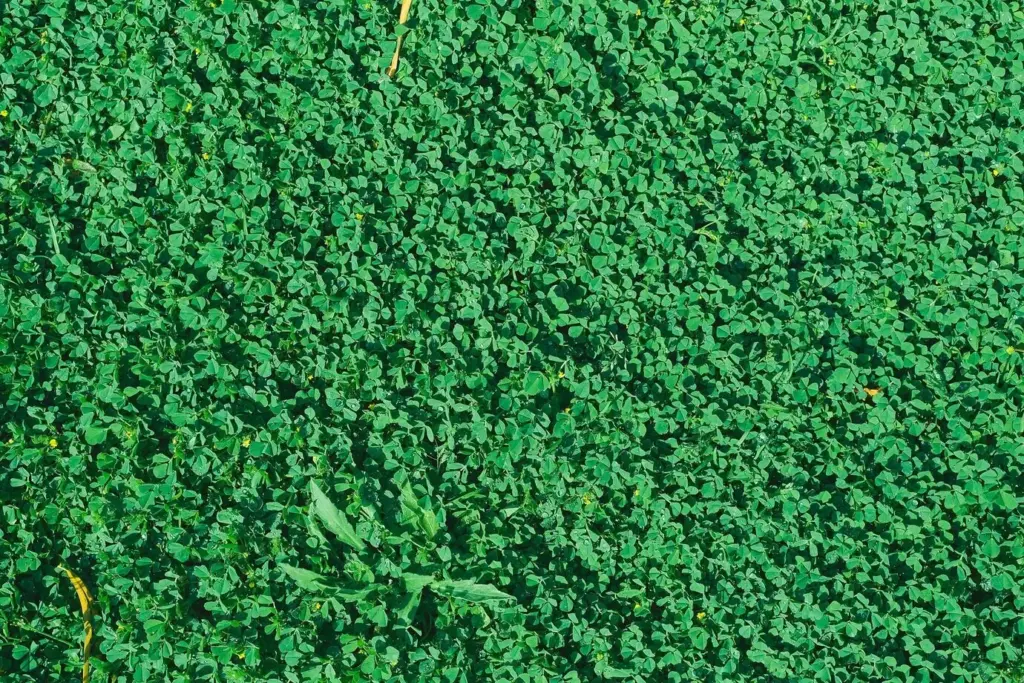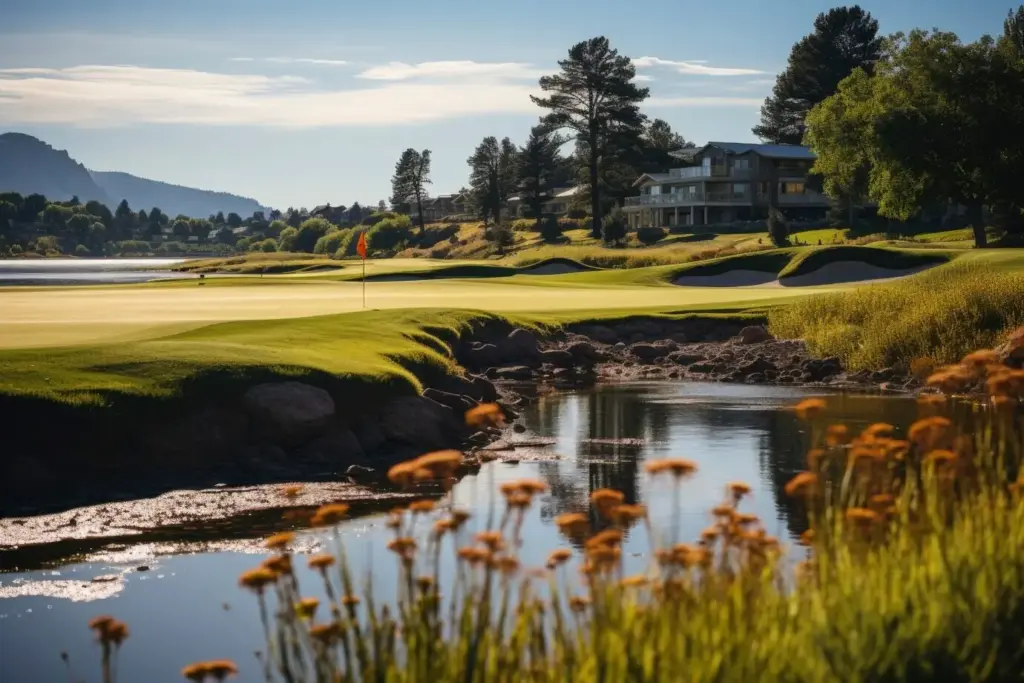Greener Fairways, Lasting Futures

Soil Health Beneath the Greens

Smarter Water, Resilient Turf
Precision Irrigation with Data
Moisture probes, ET calculations, and pressure-mapped distribution uniformity reveal the real story beneath the surface. With zone-level control and nozzle selection tuned to soil infiltration rates, managers prevent overwatering and hydrophobic patches. Daily dashboards guide short, frequent cycles where needed, while hand-watering fine-tunes greens. The outcome is tighter playability, lower disease pressure, and a smaller water and energy footprint backed by transparent records.
Drought-Tolerant Grasses and Blends
Selecting species and cultivars for local climate and water realities pays dividends. Deep-rooted fine fescues, improved bermudagrasses, or adaptive bentgrasses can reduce irrigation demand while preserving firm surfaces. Blended swards provide redundancy against stress, spreading risk across genetics. Field trials, NTEP data, and conversations with neighboring courses inform choices. When matched with cultural practices, these grasses elevate sustainability without sacrificing memorable shot-making.




Integrated Pest Management that Puts Ecology First
Biodiversity, Edges, and Out-of-Play Areas
Native Meadows and Pollinator Corridors
Wetland Buffers and Shoreline Care
Thoughtful Tree Strategy and Habitat Layers
Community, Transparency, and Education
Member Engagement and Storytelling On Course
Team Training, Inclusion, and Safety Culture
Metrics, Certifications, and Honest Reporting
All Rights Reserved.


